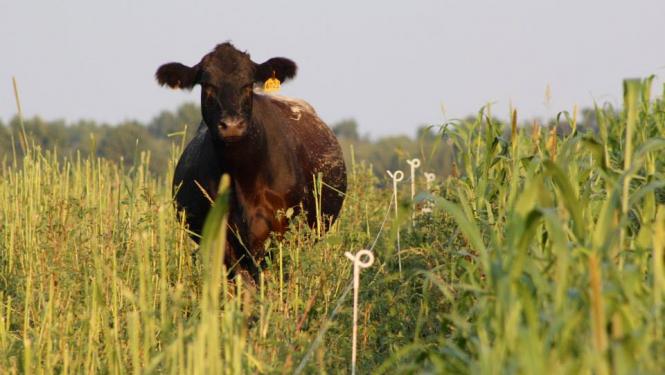80% of your success depends on the actions you take the day you plant. Set yourself up for success and read through these brief planting tips before getting that summer annual in the ground!
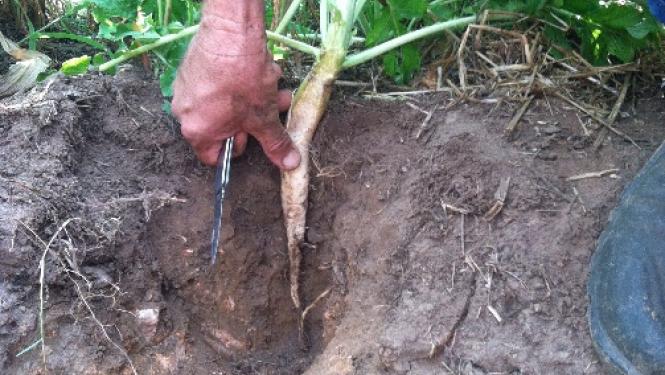
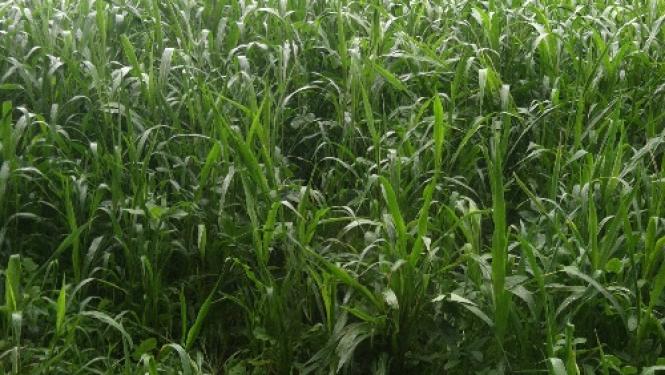
Burn Down the Existing Stand
It can be very tempting to drill summer annuals straight into a stand of heavily grazed pasture. Despite how unproductive these existing plants may seem, they will provide heavy competition to the summer annuals. While the annuals may germinate, they will be stressed for moisture early on and be unproductive throughout the season. If your desire is to increase summer grazing, consider renovating a low-yielding cool season pasture. By utilizing herbicides or heavy tillage to terminate the existing stand, you can drastically increase the success of your summer annual planting.
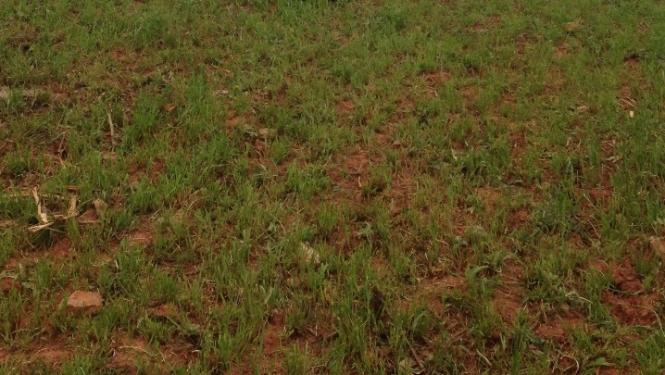
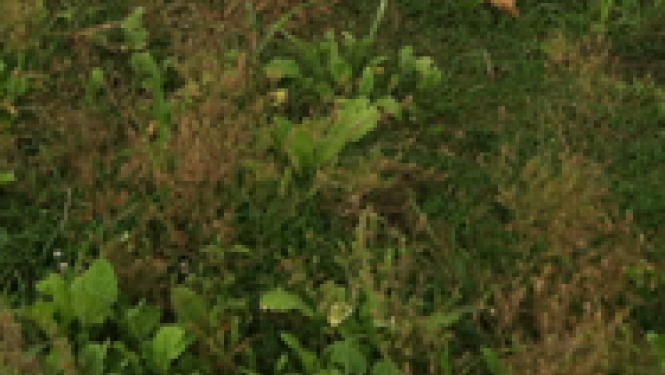
Plant Into Moisture, At the Right Temperature
It can be difficult to target the ideal planting conditions, but one of the best rules of thumb for getting good germination out of the gate is planting into moisture. This increases the speed at which seedlings emerge and creates a uniform stand. A soil with proper moisture can also help with getting the correct seeding depth. Summer annuals also need warm soil for rapid germination – look for a soil temperature of at least 65 degrees F at planting depth.
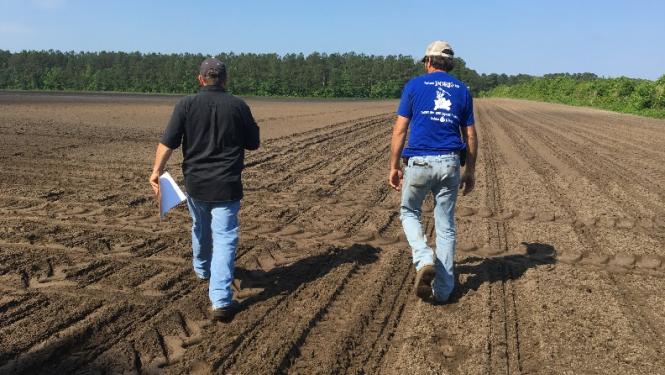
Check Your Seeding Depth
Prior to planting, find the desired depth for the annuals you have selected and set the drill accordingly. After calibrating the drill, plant about 100 feet. Stop the tractor and try to find some seed in those drill rows. Finding small seed will be difficult, but ensuring that you haven’t planted too deep will really increase your success.
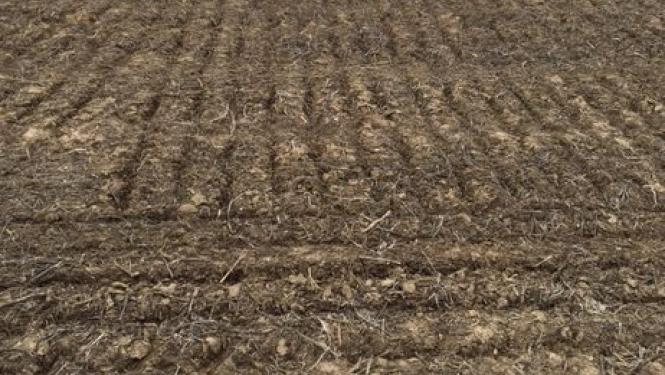
Keep It Up
The “big” summer annuals, such as sudangrass, sorghum sudan, or millet, need to be harvested differently than most grasses. Grazing can begin at knee to waist high and, due to the above-ground growth points, 6-8” of stalk should be left behind. This will ensure that plants regrow from the stalk as opposed to regrowth solely from tillers. Utilizing temporary fencing will help to achieve uniform grazing.
